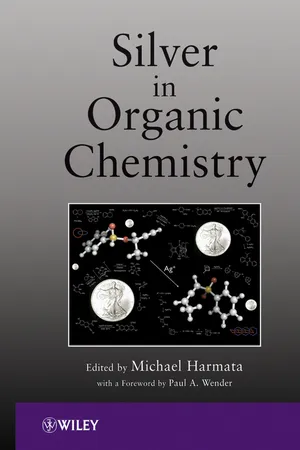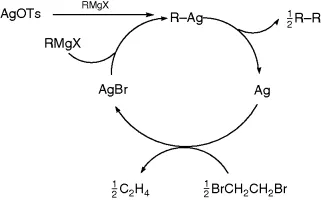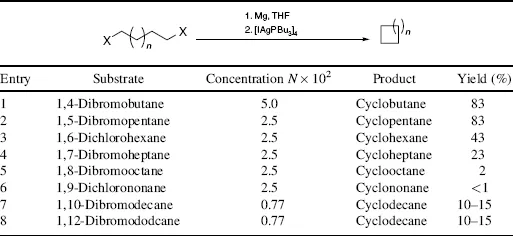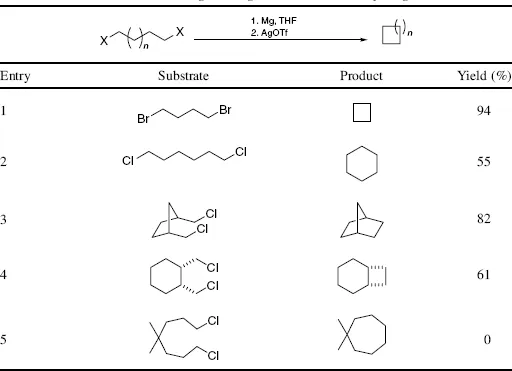
- English
- ePUB (mobile friendly)
- Available on iOS & Android
Silver in Organic Chemistry
About This Book
The first authoritative book on using silver cations in organic chemistry—for catalysis and more!
With more sophisticated catalytic methodologies fueling a resurgence in the study of cation-based chemistry, gold and platinum have stepped to the fore as the unique agents used to create new chemical reactions. Although these metals have become a primary focus of researchers in the field, another coinage metal that is often overlooked—but is as powerful as the others—is silver, a far less costly alternative to gold and platinum in aiding the development of new reactions.
Making a strong case for the use of silver as a catalyst and structural element in organometal constructs, this authoritative book is the first to explore the benefits of using silver in organic chemistry by taking a close look at silver's unique reactivity and structural characteristics for the development of new methods and materials. Silver in Organic Chemistry is:
- The first book to address catalysis using silver, whose use in organic chemistry is on the verge of exploding
- A resource for researchers wishing to do chemistry with silver cations, an area that stands in the shadow of gold chemistry, but still glistens, demonstrating that all that glitters is not gold—sometimes it's silver!
- A guide for "first attempts" in working with silver cations
- Edited by a very well-respected, highly visible authority in this field
Silver in Organic Chemistry promotes further scientific discussion by offering important new ways to examine the future possibilities of an emerging field. By elevating the importance of silver chemistry, this thought-provoking guide illustrates how this versatile metal can become an increasingly significant player in opening the door to new catalytic organic reactions and new organometal materials.
Frequently asked questions
Information







Table of contents
- Cover
- Title Page
- Copyright
- Dedication
- Foreword
- Preface
- Contributors
- Chapter 1: Silver Alkyls, Alkenyls, Aryls, and Alkynyls in Organic Synthesis
- Chapter 2: Cycloaddition Reactions
- Chapter 3: Sigmatropic Rearrangements and Related Processes Promoted by Silver
- Chapter 4: Silver(I)-Mediated Electrocyclic Processes
- Chapter 5: Silver-Catalyzed Cycloisomerization Reactions
- Chapter 6: Silver-Catalyzed Nitrene Transfer Reactions
- Chapter 7: Silver-Catalyzed Silylene Transfer
- Chapter 8: Silver Carbenoids
- Chapter 9: Aldol and Related Processes
- Chapter 10: Coupling Reactions Promoted by Silver
- Chapter 11: Supramolecular Chemistry of Silver
- Chapter 12: A Critical Comparison: Copper, Silver, and Gold
- Index